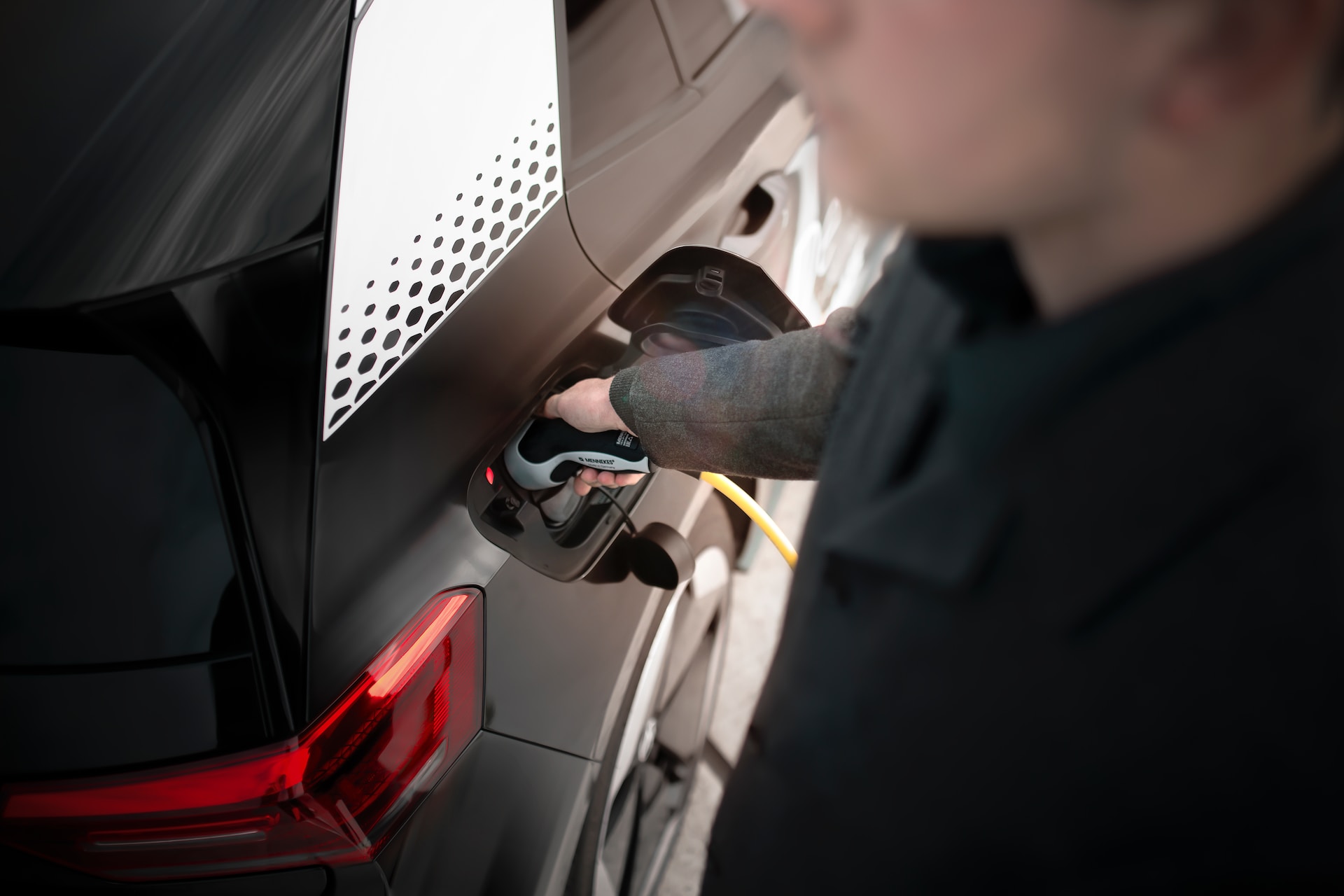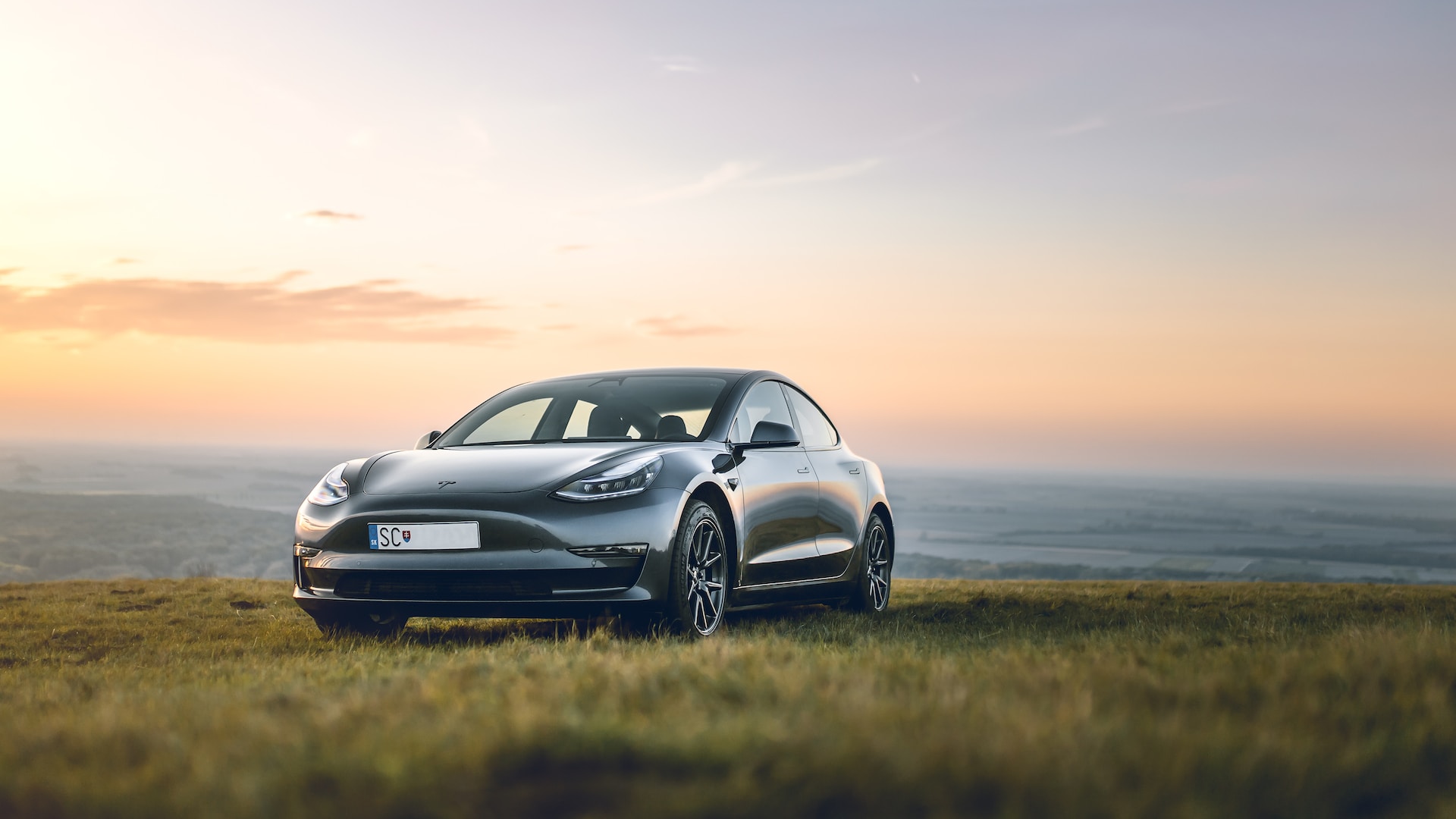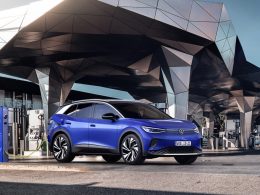Norway, a Scandinavian nation known for its stunning fjords and progressive environmental policies, has emerged as a global leader in the transition to electric vehicles (EVs). With ambitious goals, substantial government incentives, and a supportive infrastructure, Norway has become a shining example of how a nation can successfully shift away from fossil fuel-powered transportation. In this in-depth feature, we will explore Norway’s journey towards electrification, the driving forces behind its success, and the lessons that other countries can learn from its pioneering efforts.
Norway’s Electric Vehicle Revolution: A Statistical Marvel
Norway’s journey towards electrification is nothing short of remarkable. The country boasts the highest per capita ownership of electric vehicles in the world, with EVs accounting for over 50% of new car sales in 2022. In fact, Norway became the first country in the world where EV sales surpassed those of traditional internal combustion engine vehicles. This achievement is the result of a comprehensive strategy that combines financial incentives, supportive infrastructure, and a strong commitment to sustainability.
Government Incentives and Policy Support
Norway’s success can be attributed in large part to its robust package of government incentives for EV owners. These incentives include generous tax exemptions, reduced tolls and parking fees, and access to bus lanes, making EV ownership an attractive proposition for Norwegians. Additionally, the government has set a goal to phase out the sale of new gasoline and diesel cars by 2025, sending a clear signal to the market and stimulating demand for electric vehicles. The consistency and longevity of these policies have provided stability and confidence for consumers and automakers alike.
Infrastructure Development and Range Anxiety
Addressing the issue of range anxiety—the fear of running out of battery power—is crucial for widespread EV adoption. Norway has made significant investments in developing a comprehensive charging infrastructure network. Public charging stations can be found across the country, and the government has set targets for increasing the number of fast-charging stations. Moreover, the charging network is integrated and user-friendly, with standardized charging connectors and a digital payment system, ensuring convenience for EV owners. This infrastructure development has alleviated concerns about range anxiety and made electric vehicles a practical choice for everyday transportation.
Sustainable Energy Transition
Norway’s success in electric mobility is closely tied to its abundant renewable energy resources. The country derives a significant portion of its electricity from hydropower, which is clean, renewable, and widely available. This sustainable energy transition not only powers Norway’s electric vehicles but also contributes to the overall reduction of greenhouse gas emissions. Furthermore, the government’s ambitious goal to become carbon-neutral by 2030 reinforces the alignment between the transportation sector and the broader environmental agenda.
Lessons for the Global Community
Norway’s experience in driving electric vehicle adoption holds valuable lessons for other countries seeking to transition to sustainable transportation. Firstly, a holistic approach that combines financial incentives, supportive infrastructure, and long-term policy commitments is crucial for success. Consistency and predictability in government policies provide the stability necessary for automakers and consumers to make long-term decisions. Secondly, the development of a robust charging infrastructure is essential to alleviate range anxiety and increase the practicality of electric vehicles. Finally, the integration of renewable energy sources into the electricity grid creates a virtuous cycle of sustainability, ensuring that the benefits of electric mobility are maximized.










